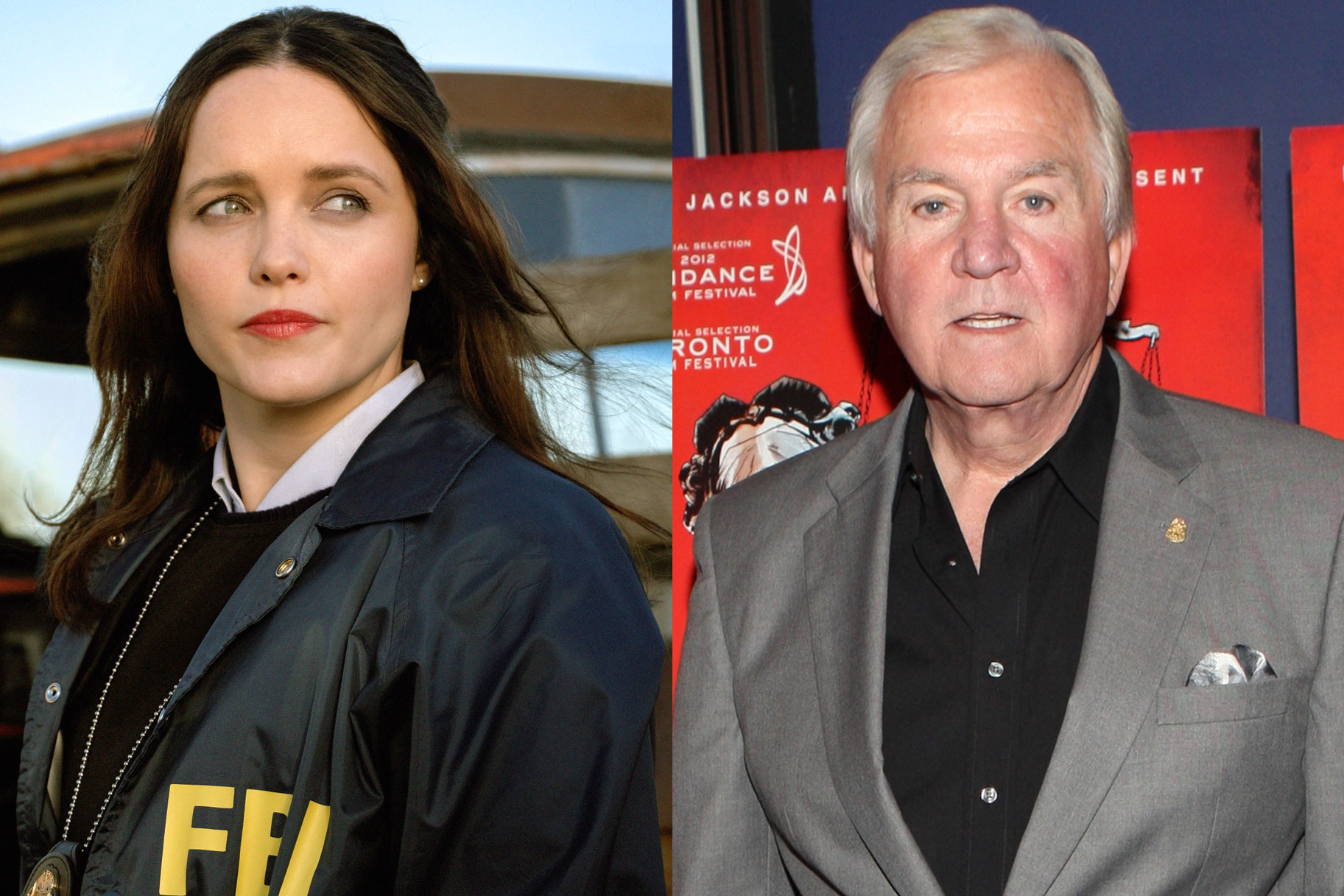Create a free profile to get unlimited access to exclusive videos, breaking news, sweepstakes, and more!
How The FBI's Behavioral Science Unit Ties Into 'The Silence Of The Lambs' And 'Clarice'
Real agents of the FBI Behavioral Science Unit, like John Douglas and Patricia Kirby, inspired some of the fictional characters in "Clarice" and "The Silence of the Lambs," including Jack Crawford and Clarice Starling.

Peering into the mind of killers is the major theme in the universe of Clarice Starling, the fictional FBI agent in “The Silence of the Lambs.” While the characters in those books, films, and TV series are fictional, the depicted federal police arm doing the research is certainly very real.
“Clarice,” the new CBS series that follows FBI agent Clarice Starling after the events seen in the 1991 thriller “The Silence of the Lambs,” focuses on her work as an agent for the FBI's Violent Criminal Apprehension Unit.
In the show, set two years later, former Senator Ruth Martin — whose daughter, Catherine, who was kidnapped by Buffalo Bill in the 1991 film — is now attorney general. It’s Martin who enlists Starling, who played a pivotal role in her daughter’s life, to work for the FBI's Violent Criminal Apprehension Unit.
In reality, the Violent Criminal Apprehension Unit, also known as ViCAP, was created in 1985 in the Behavioral Science Unit at the FBI Academy, according to “Inside the FBI,” a podcast recorded by the bureau. The unit was set up to “consolidate investigative and operational support with research and training in order to provide assistance to local law enforcement,” as is said in the 2011 podcast.
The unit “helps connect the dots” with murders, sexual assaults, kidnappings, missing person cases, and unidentified remains. Mark A. Hilts, a unit chief at the Behavioral Analysis Unit notes in the podcast that the unit gets into ”serial murder cases, the unusual, the bizarre cases.”
The Behavioral Science Unit itself was established in 1972. During that decade, unit agents John Douglas and Robert Ressler, whom the hit series “Mindhunter” was based upon, traveled from prison to prison to mine the minds of serial predators for information.
Douglas was also the inspiration for agent-in-charge of the Behavioral Science Unit Jack Crawford in “The Silence of the Lambs,” according to the Powell Tribune. Crawford’s first appearance was in the 1981 book, “Red Dragon,” the first of the saga’s series by author Thomas Harris. Crawford is also an inspiring force behind the show “Criminal Minds,” according to a 2019 Vulture report. That show follows a group of criminal profilers who work for the FBI as members of its behavioral unit.
Then there’s forensic psychologist Patricia Kirby, who started working as an FBI agent for the Behavioral Analysis Unit in 1979, Maine’s Press-Herald reported. She interviewed serial killers for five years as a criminal profiler before her boss Ressler introduced her to Harris, whom she said asked her a lot of questions. So much so, that she became the inspiration for Starling.
While no longer with the bureau, Kirby's expertise is still used in criminal cases. She works as a consultant with federal, state, and local agencies, Mass Live reported in 2019.
Candice DeLong is another former FBI agent who worked closely with the department's Behavioral Science Unit. Hyperion’s publisher called her "a real-life Clarice Starling" when she closed a book deal in 2000 for a memoir on her work, the New York Post reported at the time.


























